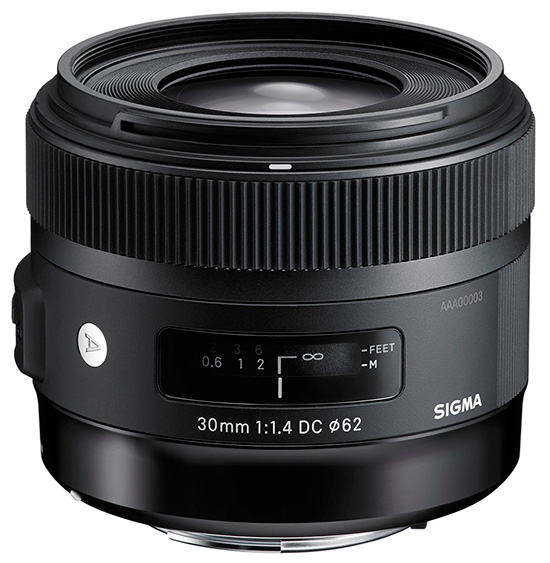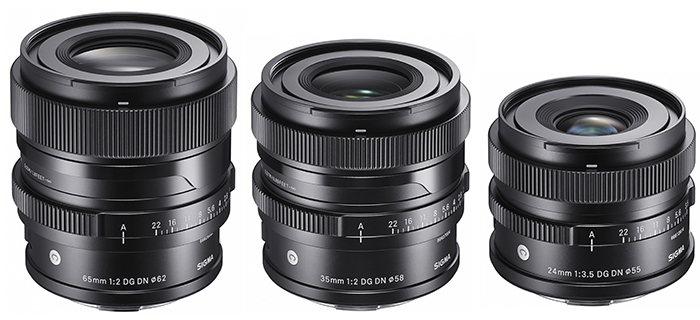

They are ideal in situations where you want to avoid the hassle of changing your lenses. Superzooms have focal lengths that are equivalent to wide and telephoto lenses. Aside from being used for capturing subjects that you can’t get close to, say a tiny plant, they can also be used for shooting portraits and landscapes. For this reason, their focus is placed on a narrower field of view, allowing you to see specific details on distant objects. Telephoto lenses in the Philippines come with a focal length that exceeds more than 70mm. Also, since they often sport faster maximum apertures, they enable you to capture images with a lower depth of field. As their name suggests, standard zoom lenses are versatile variants of lenses that can be used for all kinds of photography. This type of lens covers a focal range of around 35 to 70 mm. The kit lens that came with your DSLR camera is a typical example of a standard zoom lens. Not only that, they are also used for capturing stunning portraits where you want to include a subject in a setting. Many photographers prefer to use wide angle lenses when getting the whole of a subject in the frame, whether it’s a landscape, a building, or a group of people. They offer a larger range of view, boasting minimum focusing distances. Wide-angle lenses often cover a focal length that ranges from 24mm to 35mm. Their typical uses include interior photography, landscape, and architecture.

While they are often regarded as lenses used by experts, they can be used by beginners in many ways. Ultra-Wide angle lenses come with a focal length of approximately 24 mm, this means that they can capture wider sceneries. Here are a few of the most common types of lenses along with their characteristics. Lenses are generally categorized by their focal range or specific function. This is because different cameras use various sizes of sensors manufacturers intended to produce such lenses to work with them. FormatĪside from being able to mount the lens on your camera, you need to make sure it will develop an image large enough to cover the sensor. All in all, it's important to know which mount is compatible with your camera before heading out to buy a lens. Fortunately, there’s a brand like Sigma that offers lens mounts that are compatible with many camera brands like Nikon, Samsung, Sony, etc. Many camera manufacturers in the Philippines develop lenses that only fit their line of cameras. It goes without saying that you want to get a lens with a mount that you can attach to your camera. If you’re looking for impressive lenses with large apertures, check out some models of Sigma lenses. Lenses with bigger maximum apertures can gather more light. Whether it’s f/2.8 F2.8 or 1:2.8, it doesn’t really make that much difference. Maximum aperture is the maximum amount of light which the lens can gather. With that, a value lower than 30mm allows you to see a bigger view while a number higher than 50mm means the focus will be on a smaller aspect of your vision.
#Sigma lens 50mm full
The human eye typically can see 30-50 mm on a full frame camera. A higher value means a larger zoom, while a lower number means the lens is suitable for wider shots. Focal lengthįocal length is measured in millimeters. That is why here is a guide, detailing the things you have to consider when buying camera lenses. Although that’s not surprising, selecting the right lens can be difficult. A model that will give you the creative freedom to snap stunning photos is something you might want to consider.ĭespite purchasing cameras that are designed to make use of various lenses, many photographers only use the kit lens that came with their DSLR camera. But knowing the importance of a quality glass is one thing, it's another to know what your camera lens offers.

For this reason, many photographers like to shoot with a regular camera with a great lens than an impressive camera with an inferior glass attached. They manipulate the image that is presented onto your camera’s imaging sensor. Lenses are essential components for your camera set-up, as they make or break your images.


 0 kommentar(er)
0 kommentar(er)
